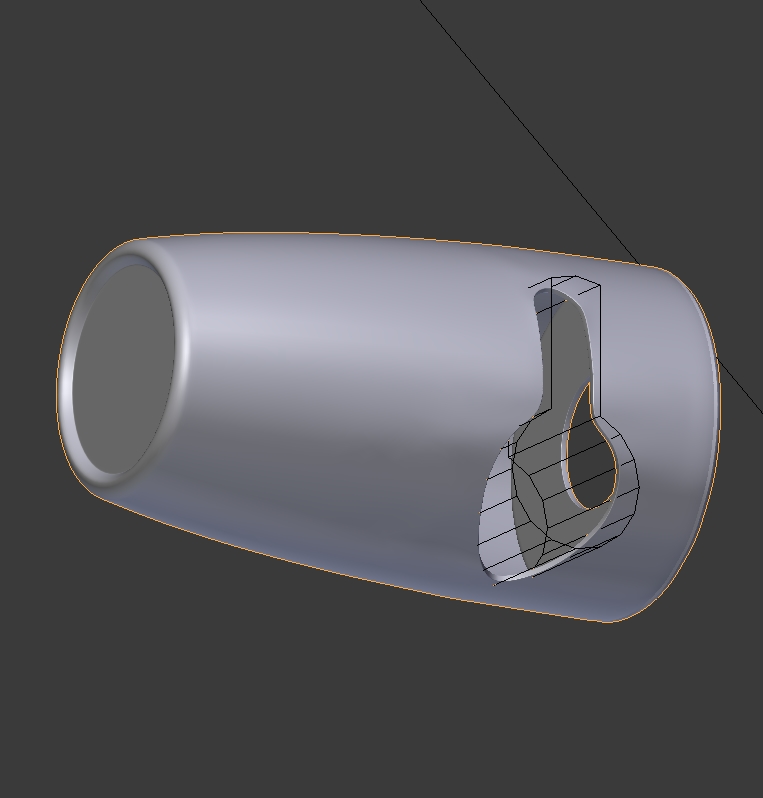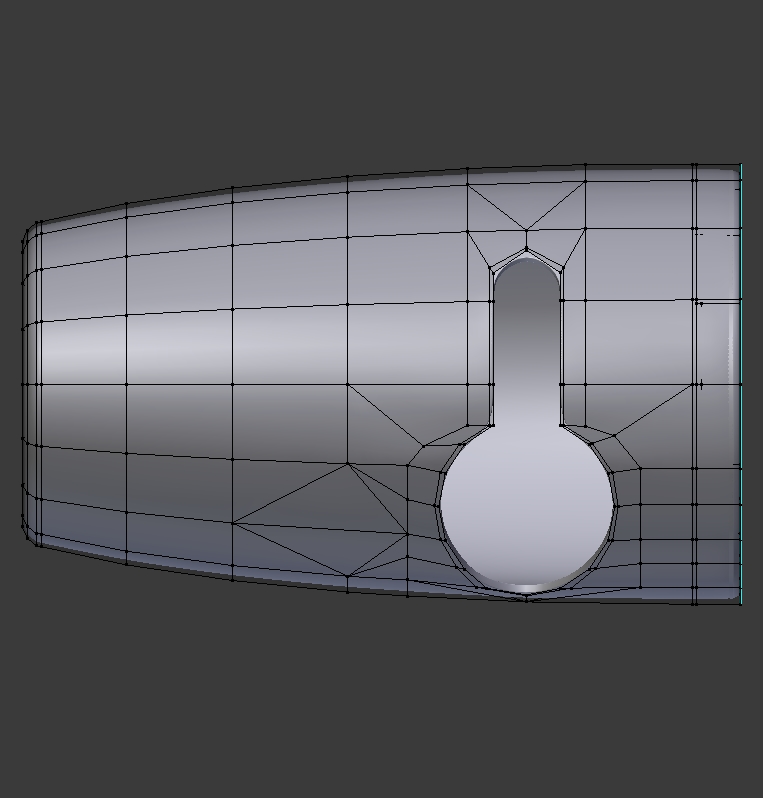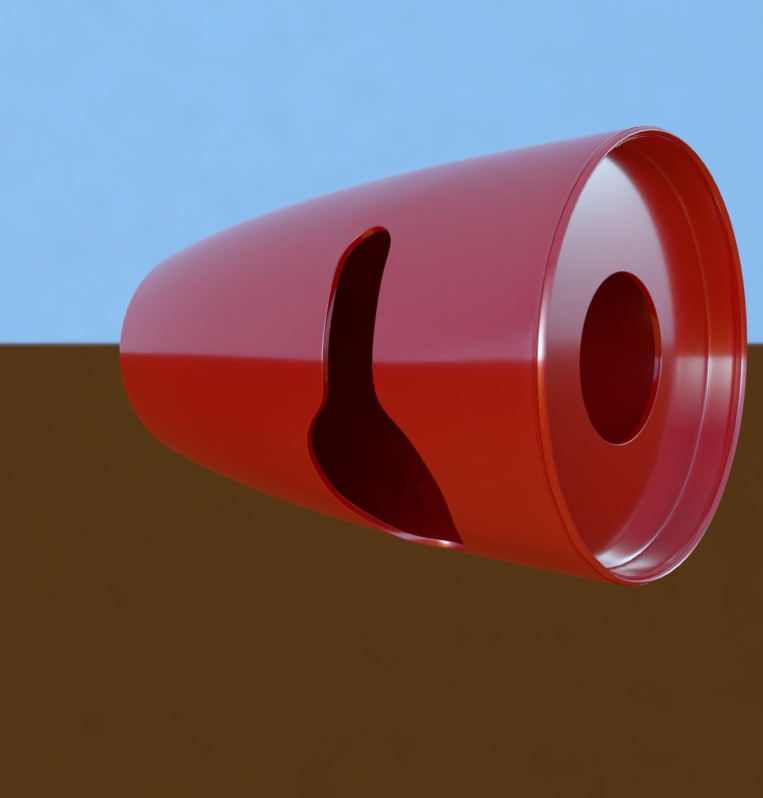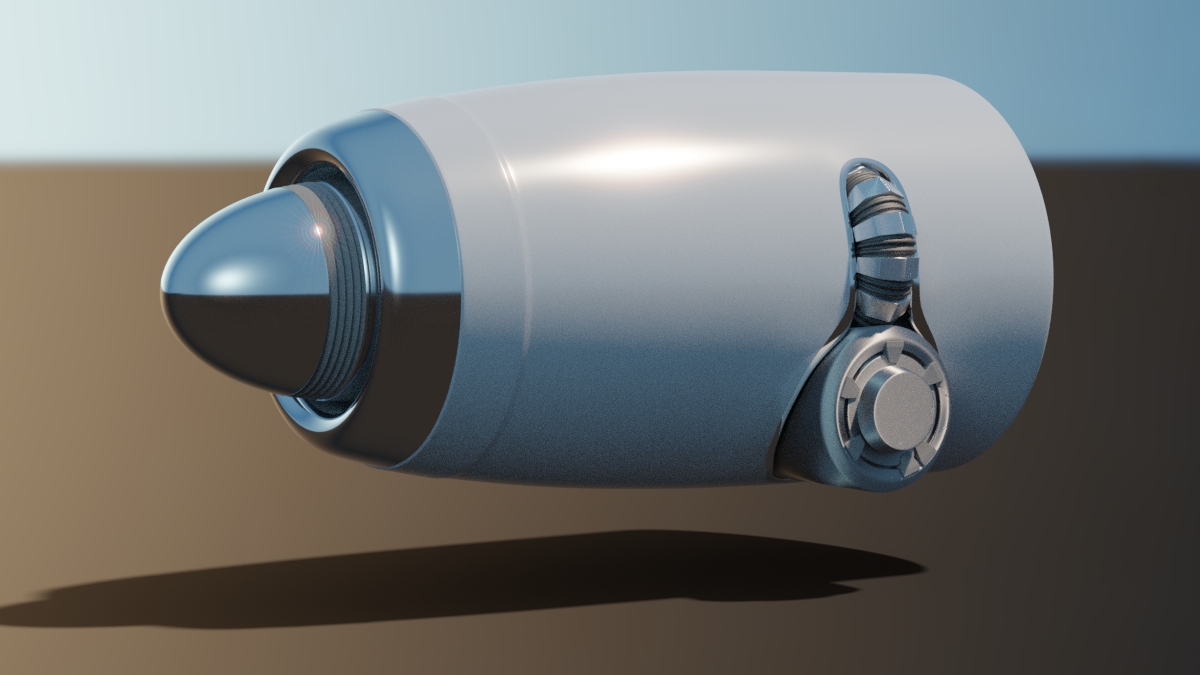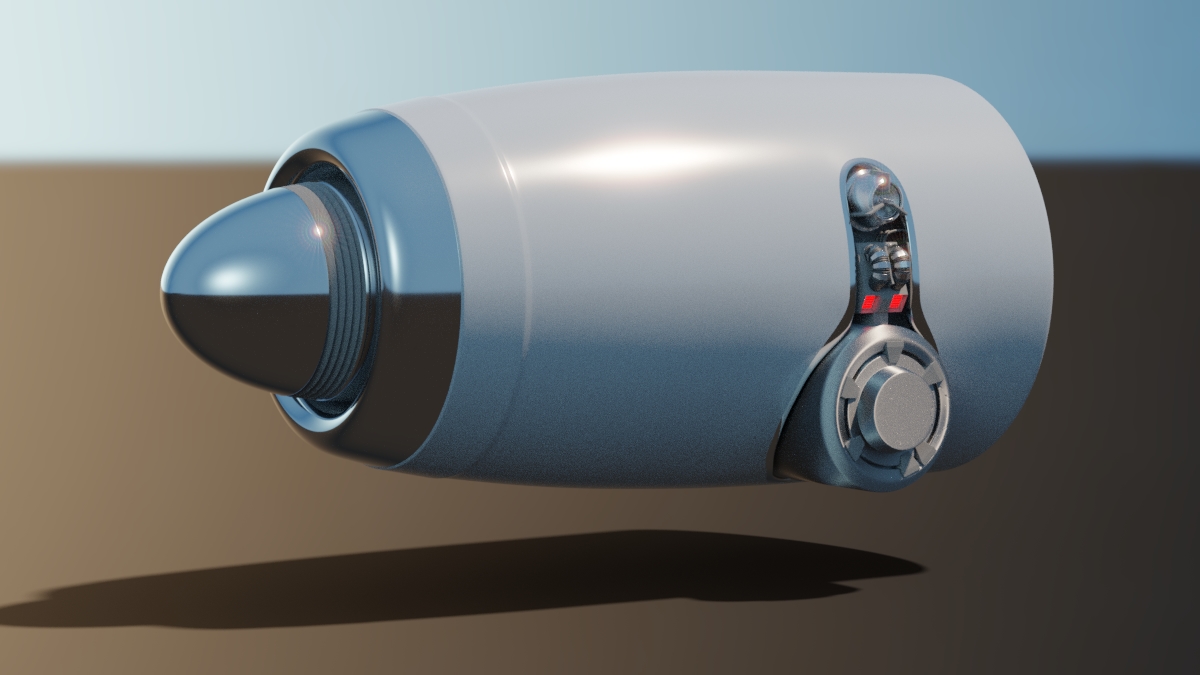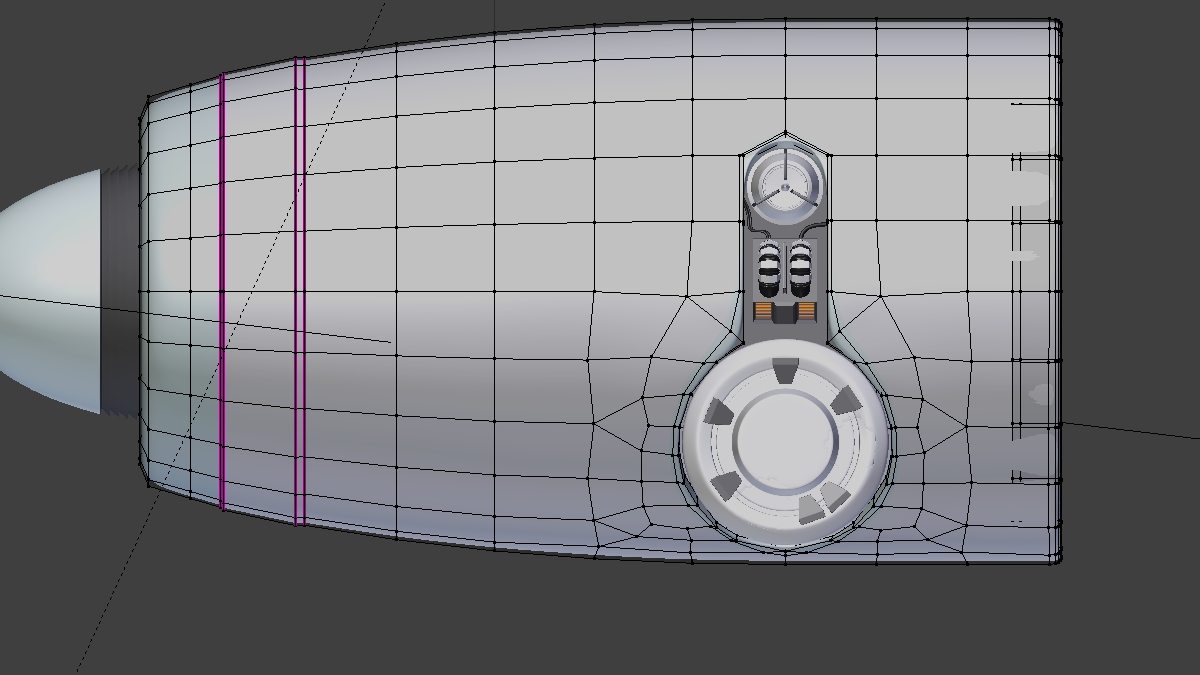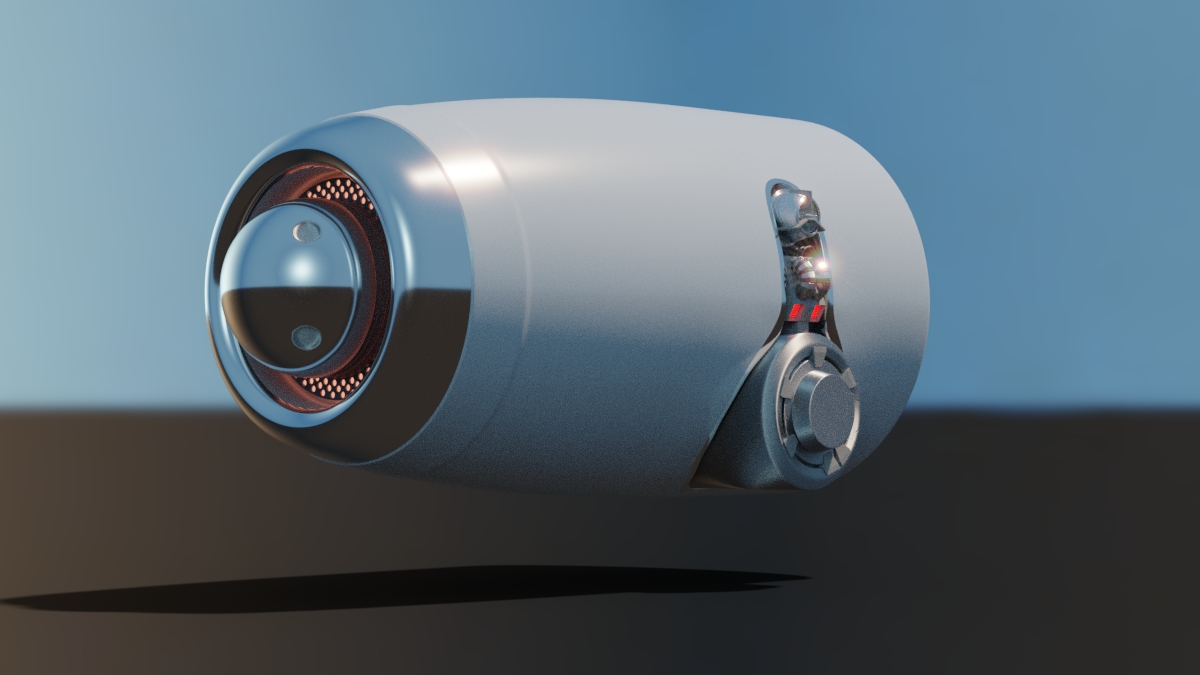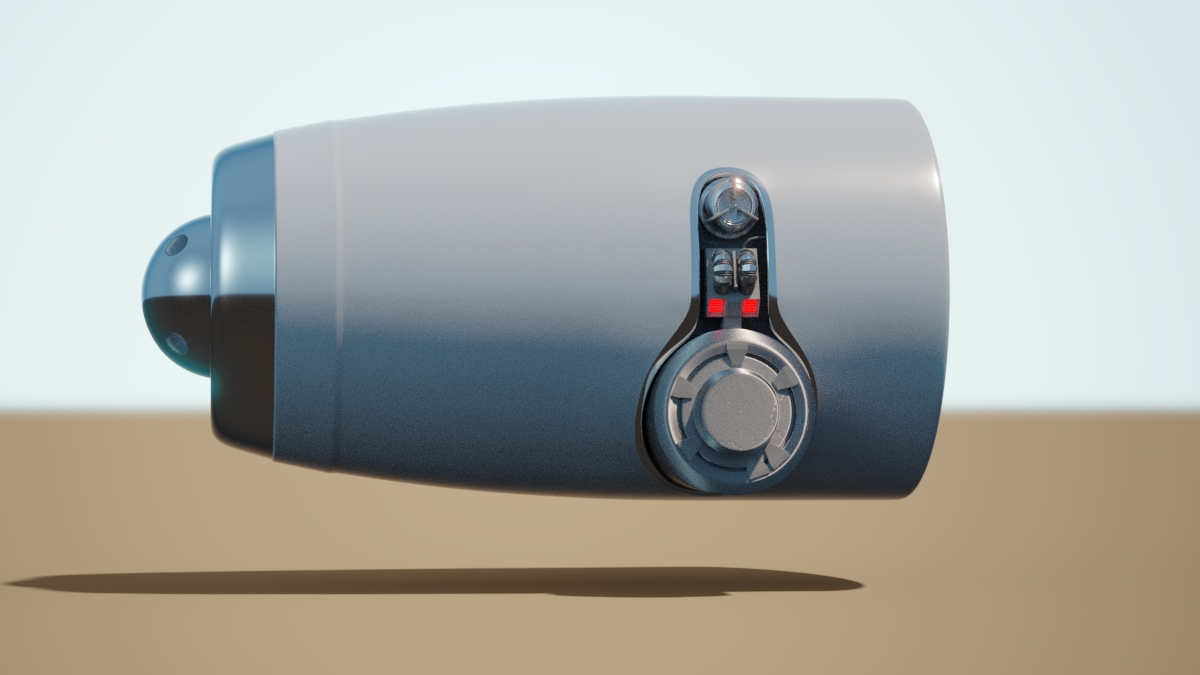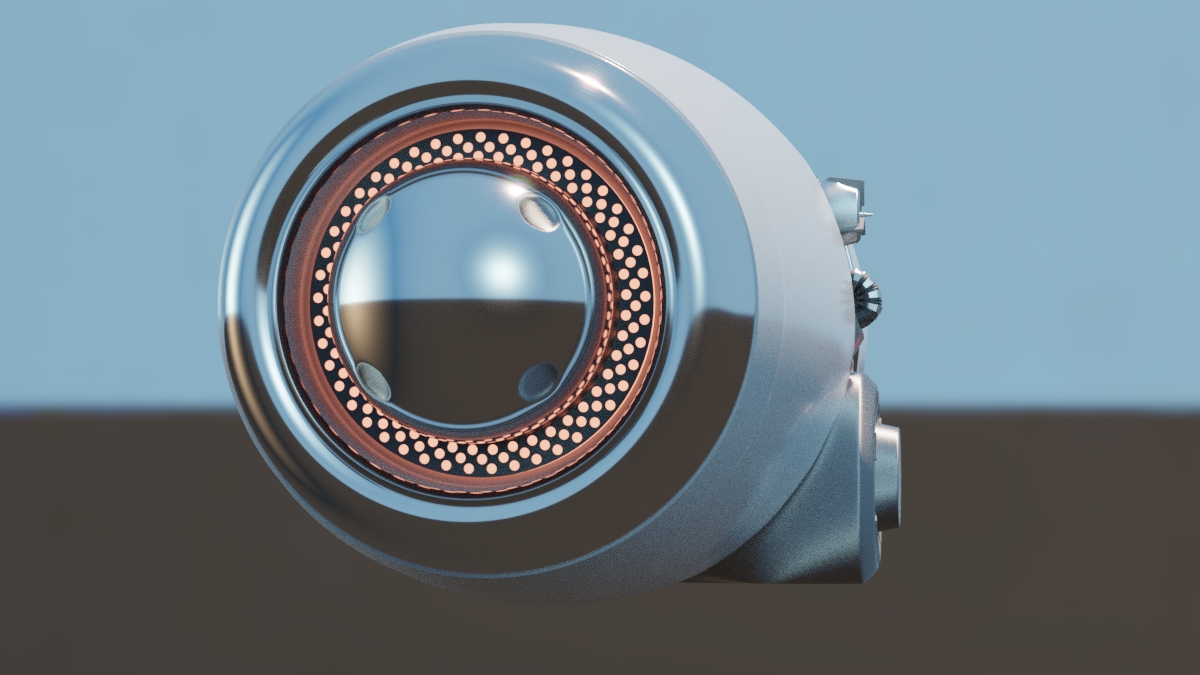http://cargile.tripod.com/sheet1.png
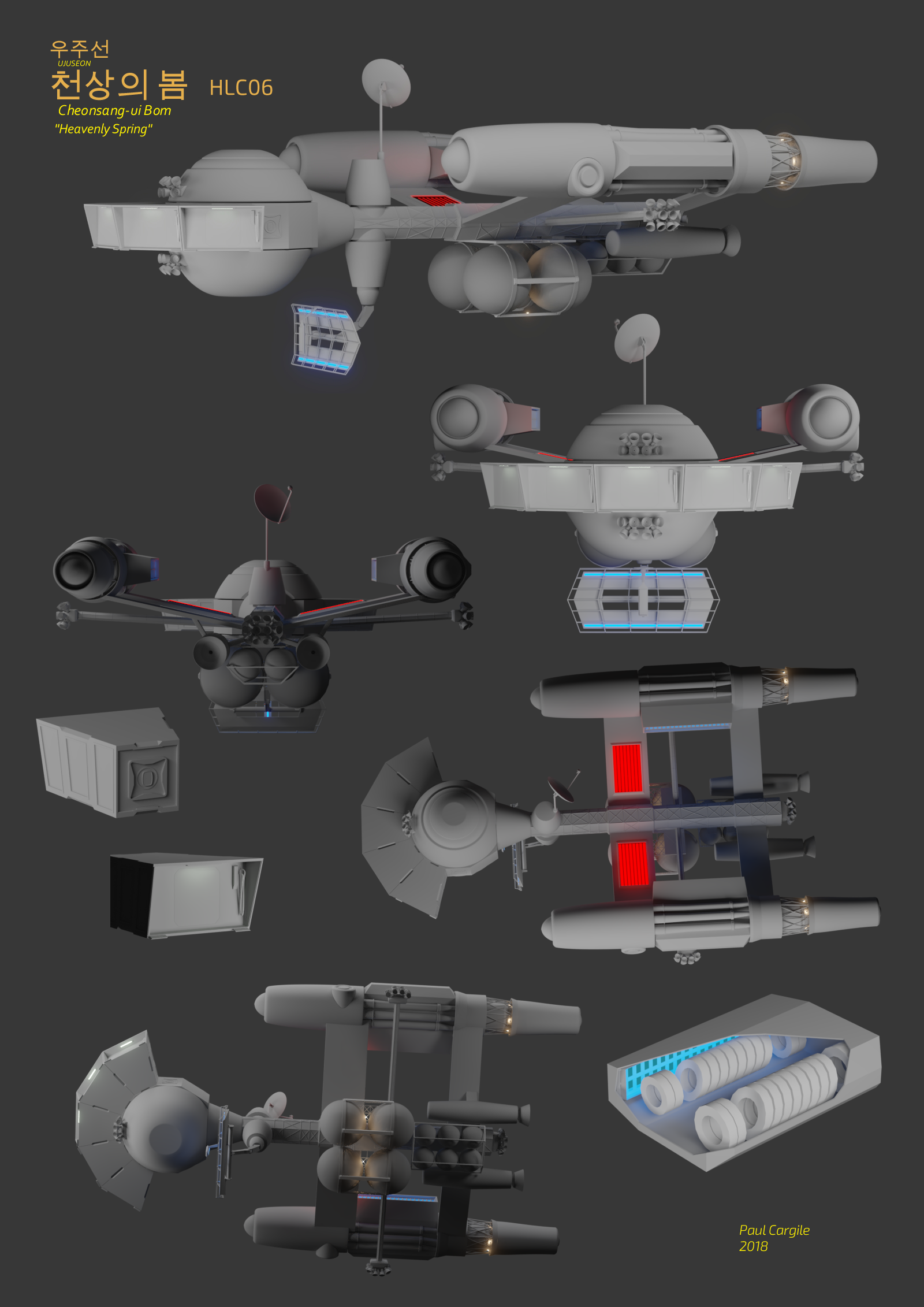
This ship is my hard surface modeling project in Blender, and something I get to every now and then. For Star Trek, I like to conceptualize in the pre-Federation era when ships were slow, and ship designers where trying different things. This cargo/personnel transport stays within the the boundary of the sun's gravitational influence, servicing the outposts and stations in the outer planets, Kuiper Belt, and the Oort Cloud. Top speed is warp factor 1.2.
I decided on a silhouette that would hint at the Constitution class to come, as evident by the lower tanks mimicking the undercut. The saucer is part Daedalus, part reversed DY100. The core berthing module holds up to seven containers, two of which are omitted to showcase the docking details when complete. This older slow boat isn't powered by antimatter. Each propulsion unit has its own fusion reactor (under the truss work). Inboard coils couple to comply with Roddenberry's idea of how the system worked, while the outboard coils emit the enveloping subspace field lobes. I'm iffy on the radiator panels and the reaction control system, so they will probably get reworked somehow.
While an United Earth vessel, the ship operated under the auspices of Korea. The registry hull number borrows from Jefferies' idea of using aircraft registration prefixes, and marine hull number prefixes: HL for Korea, C for container.
For an idea of scale, the aft doorway in the container is 1.62 meters.
Lots of details to add and minor changes, but this is the gist of it.

This ship is my hard surface modeling project in Blender, and something I get to every now and then. For Star Trek, I like to conceptualize in the pre-Federation era when ships were slow, and ship designers where trying different things. This cargo/personnel transport stays within the the boundary of the sun's gravitational influence, servicing the outposts and stations in the outer planets, Kuiper Belt, and the Oort Cloud. Top speed is warp factor 1.2.
I decided on a silhouette that would hint at the Constitution class to come, as evident by the lower tanks mimicking the undercut. The saucer is part Daedalus, part reversed DY100. The core berthing module holds up to seven containers, two of which are omitted to showcase the docking details when complete. This older slow boat isn't powered by antimatter. Each propulsion unit has its own fusion reactor (under the truss work). Inboard coils couple to comply with Roddenberry's idea of how the system worked, while the outboard coils emit the enveloping subspace field lobes. I'm iffy on the radiator panels and the reaction control system, so they will probably get reworked somehow.
While an United Earth vessel, the ship operated under the auspices of Korea. The registry hull number borrows from Jefferies' idea of using aircraft registration prefixes, and marine hull number prefixes: HL for Korea, C for container.
For an idea of scale, the aft doorway in the container is 1.62 meters.
Lots of details to add and minor changes, but this is the gist of it.



